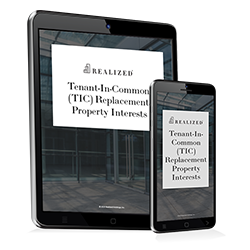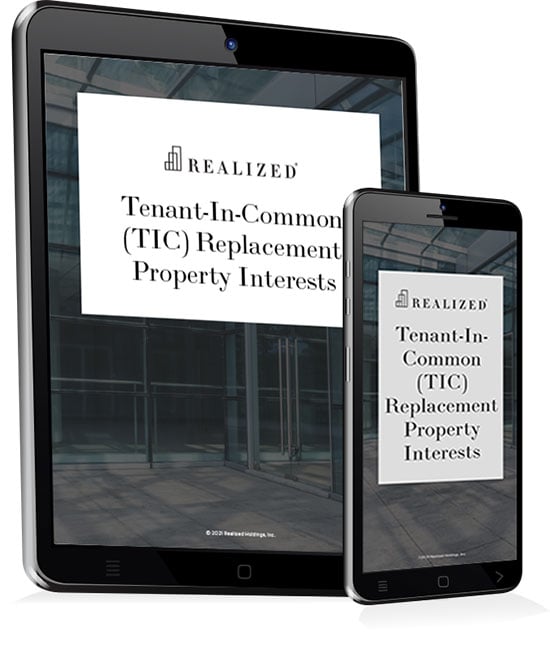
There are various ways in which individuals can hold shared ownership of a property. Two common forms of joint ownership are Tenants by the Entirety (TBE) and Tenants in Common (TIC). While both arrangements involve multiple individuals owning a property, they differ in several key aspects.
Tenants by the Entirety (TBE)
TBE is property ownership that is only available to married couples, who are treated as a single entity rather than individuals for tax purposes. Both parties have equal rights to the entire property. Neither party can sell or transfer ownership without the consent of their spouse.
If a spouse dies, the surviving spouse automatically becomes the sole owner without going to probate court. The property passes to the survivor outside of the deceased’s estate.
TBE also provides a certain level of protection against creditors. For example, if one spouse incurs a debt, the property held as TBE is typically shielded from being seized by creditors collecting the debt.
Tenants in Common (TIC)
TIC is a form of joint ownership that any group of individuals can utilize, regardless of if they are related. In a TIC arrangement, each co-owner holds a distinct, individual share of the property. The shares do not have to be equal and can vary among the co-owners. For example, one person may own a 60% share, while another owns a 40% share.
Co-owners in a TIC have the freedom to sell, transfer, or mortgage their individual share without needing consent from other co-owners. This flexibility allows for greater control and liquidity in managing ownership interests.
Upon the death of a tenant in common, their share of the property is typically passed to their heirs or beneficiaries. The transfer is governed by the deceased co-owner's will or the laws of intestate succession.
TIC does not provide the same level of protection against creditors as TBE does. If one co-owner incurs a debt, their share of the property may be subject to seizure by creditors.
The Bottom Line
Tenants by the Entirety (TBE) and Tenants in Common (TIC) are two distinct forms of joint property ownership. TBE is limited to married couples, treating them as a single entity with equal ownership and providing survivorship benefits and creditor protection. TIC allows any group of individuals to hold shared ownership, with each co-owner possessing a distinct share, transferability rights, and individual inheritance rules, while lacking the same level of creditor protection as TBE.
It is crucial to understand these differences and consult with legal professionals to determine the most appropriate form of ownership for your circumstances.
This material is for general information and educational purposes only. Information is based on data gathered from what we believe are reliable sources. It is not guaranteed as to accuracy, does not purport to be complete and is not intended to be used as a primary basis for investment decisions. It should also not be construed as advice meeting the particular investment needs of any investor.



